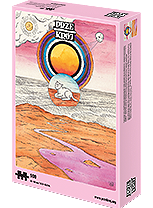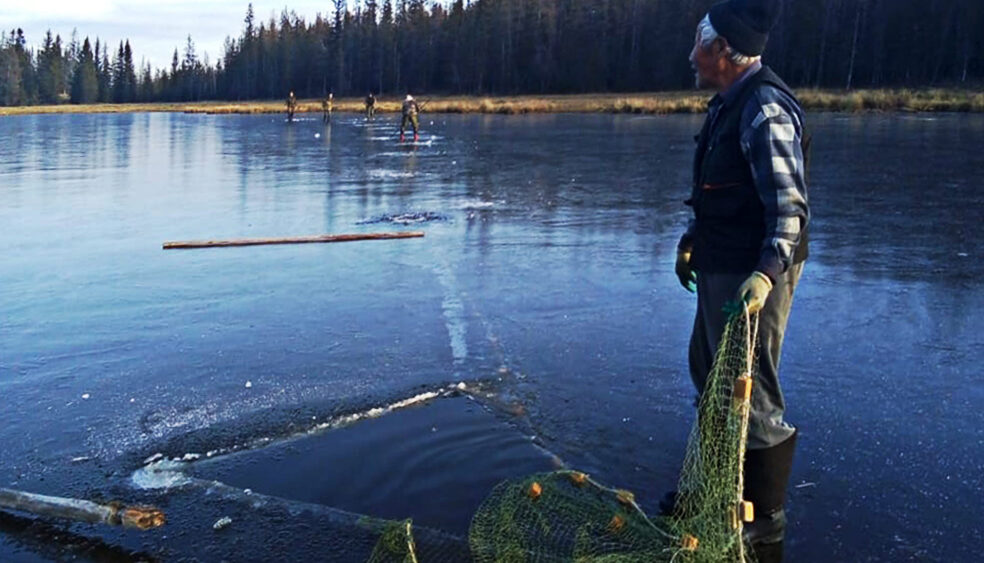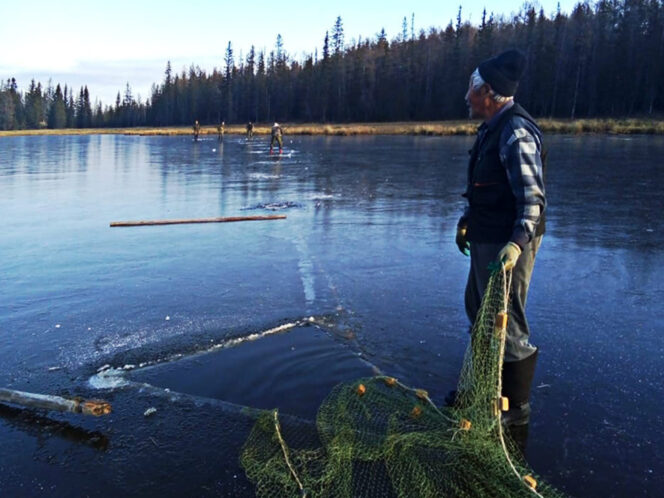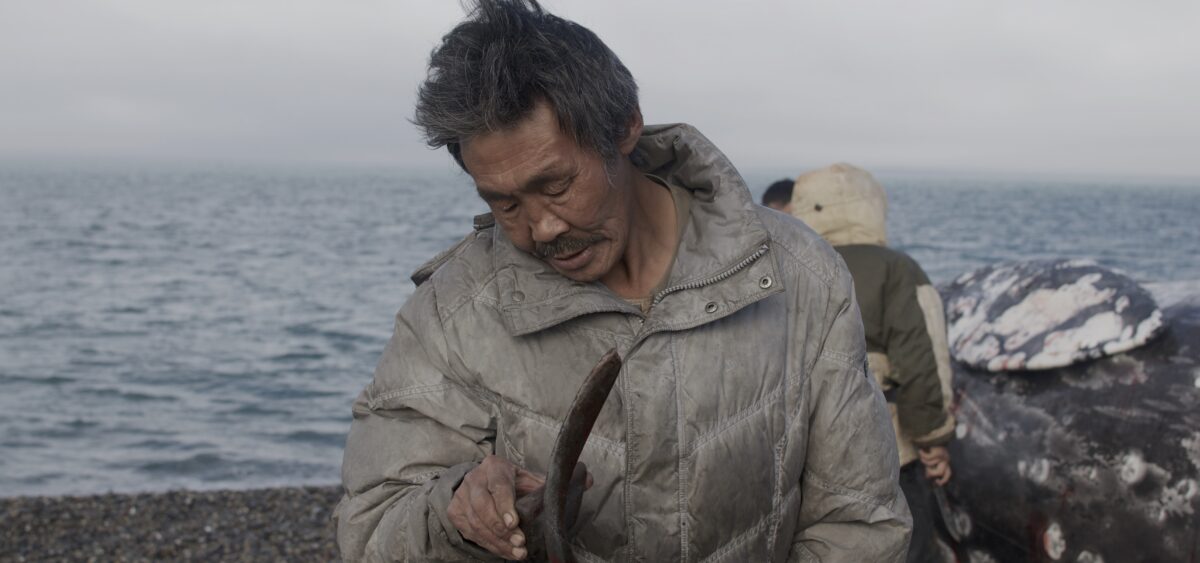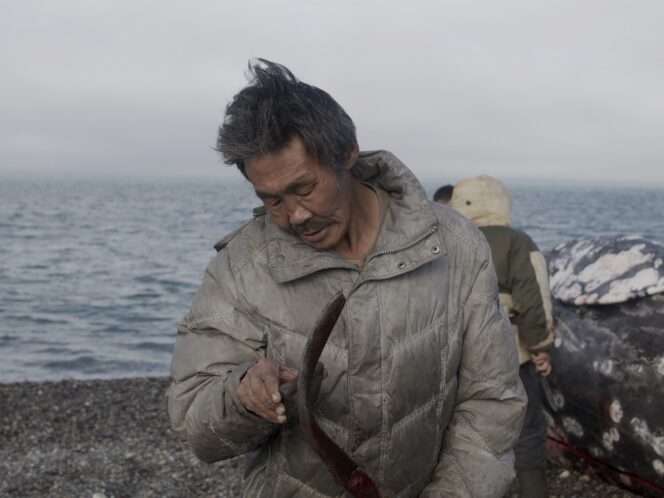
“Very warm, only minus five degrees. No snowfall,” writes my friend from Yakutsk, the capital of Yakutia, complaining about the lack of winter. I ask other Yakut friends whether anyone remembers late October being so warm. Suoch, they answer unanimously, with the Yakut word for “no.” This time last year, it was -20°C. Everywhere is getting warmer, even Yakutsk; far into the mainland, covered in permafrost.
It was business as usual at first. In September, the frost set in. But then, at the beginning of October, temperatures went up. There were puddles everywhere, and the snow almost totally disappeared. A thaw set in, as never seen before in Yakutia. And then frost again, followed by more warming up. It used


